SEO Trends to Watch in 2025 for Startups

Why SEO Still Matters for Startups in 2025
In 2025, the digital market is more competitive than ever, and startups face the challenge of standing out against well-established companies with larger budgets. Search Engine Optimization (SEO) remains a powerful and cost-effective tool to gain visibility, attract targeted audiences, and build credibility online. For startups, investing in SEO can mean the difference between sustainable growth and being overshadowed by competitors.
One of the main reasons SEO continues to matter is the way consumer behavior evolves. Users still rely heavily on search engines to discover products, services, and solutions. Appearing on the first page of search results is not just about traffic—it is about building trust. When potential customers find your startup organically, they are more likely to perceive your brand as reliable compared to a paid advertisement.
SEO is also crucial because it drives long-term results. While paid advertising stops delivering once the budget runs out, optimized content and technical improvements continue to bring in traffic months or even years later. For startups with limited resources, this represents a sustainable growth strategy that compounds over time.
Another aspect to consider is the growing importance of search engine updates and algorithm changes. Google and other search platforms are increasingly prioritizing content that demonstrates authenticity, expertise, and user value. Startups that integrate SEO practices early on are better equipped to adapt quickly and avoid penalties that can negatively affect visibility.
Beyond visibility, SEO also impacts other key areas such as brand awareness, customer acquisition costs, and competitive positioning. By optimizing for search, startups can reach the right audience at the right time without overspending on advertising. This makes SEO not just a marketing tactic, but a strategic investment in long-term success.
AI-Powered Search Engines: Adapting to Smarter Algorithms
Search engines in 2025 are no longer just keyword-matching systems. They increasingly rely on artificial intelligence (AI) and machine learning to understand user intent, analyze context, and deliver more accurate results. This means startups can no longer focus only on simple keyword optimization—they must ensure their content provides genuine value and answers complex user queries.
AI-driven algorithms are designed to evaluate content based on semantic relevance rather than isolated keywords. This requires creating pages that address topics in depth, cover related questions, and demonstrate a strong connection between different pieces of content. Using structured data and clear information hierarchy also helps search engines interpret the meaning behind content more effectively.
Another major change is the rise of personalized search experiences. AI systems analyze user history, preferences, and location to deliver unique results for each individual. For startups, this makes it essential to target not just broad audiences but also specific segments with tailored content that aligns with the different stages of the customer journey.
AI-powered search engines are also improving their ability to detect quality signals such as engagement, clarity, and trustworthiness. Content that is well-structured, easy to read, and backed by credible sources is more likely to rank higher. Startups that invest in demonstrating expertise and publishing content with practical insights can gain a significant advantage.
Finally, smarter algorithms demand that startups pay attention to natural language processing (NLP). With AI interpreting text in a way closer to human understanding, it becomes essential to write content that flows naturally, answers questions directly, and mirrors the way people speak or type when searching. This shift requires moving away from over-optimized language toward more authentic and conversational communication.
The Rise of Voice and Conversational Search
With the growing use of smart speakers, mobile assistants, and connected devices, voice search has become a major shift in how people interact with technology. Instead of typing short keywords, users now ask full questions in a natural and conversational way. This change forces startups to rethink their content strategies to match the way people actually speak.
Unlike traditional search, voice queries are longer and more specific. For example, instead of typing “best SEO tools,” a user might ask “What are the best SEO tools for startups in 2025?” This means that content optimized for conversational search should focus on answering detailed questions, using clear language, and including long-tail phrases that reflect real human speech.
Another important aspect of voice search is the rise of featured snippets and direct answers. Since many devices provide a single spoken response rather than a list of links, the competition for visibility is even higher. Structuring content with FAQs, concise summaries, and step-by-step explanations can increase the chances of being selected as the answer read aloud by voice assistants.
Voice and conversational search also place greater emphasis on local SEO. Many queries are location-based, such as “restaurants near me” or “best coworking spaces in Paris.” Startups that optimize for local intent—by updating business listings, including geographic keywords, and ensuring accurate contact information—can capture highly relevant traffic.
Finally, conversational search is tightly linked to the evolution of natural language processing and user expectations for more human-like interactions. Startups that create content in a friendly, accessible tone and that provide direct, useful answers will be better positioned to connect with audiences who expect immediate and conversational responses from search engines.
Visual Search Optimization: Beyond Text Queries
The way people search online is no longer limited to typing or speaking. With the rapid development of tools like Google Lens, Pinterest Lens, and image recognition technologies, visual search is becoming a key element in digital discovery. Users can now upload or scan images to find similar products, identify objects, or get more information, which opens new opportunities for startups to reach potential customers.
Optimizing for visual search requires paying close attention to image quality and metadata. High-resolution, clear, and properly labeled images are more likely to be indexed and matched by search engines. Adding descriptive file names, alt text, and relevant captions ensures that AI systems understand what the image represents and can associate it with relevant search queries.
Another crucial factor is the use of structured data. Marking up images with schema helps search engines recognize details such as product type, color, price, and availability. For startups in e-commerce, this can directly improve visibility in image-based searches and increase the chances of being discovered by users ready to purchase.
Visual search also emphasizes the importance of brand consistency. Using cohesive imagery that reflects the company’s identity helps build recognition across platforms. Since users often encounter a product first through an image, startups should ensure that every visual element—from product photos to graphics—conveys professionalism and trustworthiness.
Additionally, visual search connects strongly with user experience. Fast-loading images, mobile-friendly layouts, and optimized image formats contribute to better performance, which search engines reward. Startups that invest in both the technical and creative aspects of visual content are more likely to stand out in an increasingly image-driven search landscape.
Finally, it is important to recognize that visual search is not limited to e-commerce. Industries such as travel, real estate, fashion, and even education can benefit by showcasing services and experiences visually. Startups that leverage this trend can reach users at an earlier stage of discovery, when they are inspired by what they see rather than by what they type.
Ready to showcase your project?
Join thousands of developers and entrepreneurs who have already listed their websites in our directory. Get discovered by potential users and grow your audience.
Free to list • Instant approval • No hidden fees
Frequently Asked Questions
Why is SEO still crucial for startups in 2025?
How can startups benefit from visual search?
Related articles

How to Optimize Your Project Pages for Faster Google Indexing
Boost your project pages’ visibility by speeding up Google indexing. Learn actionable strategies from URL optimization to structured data, internal linking, and content tips for faster search engine recognition.
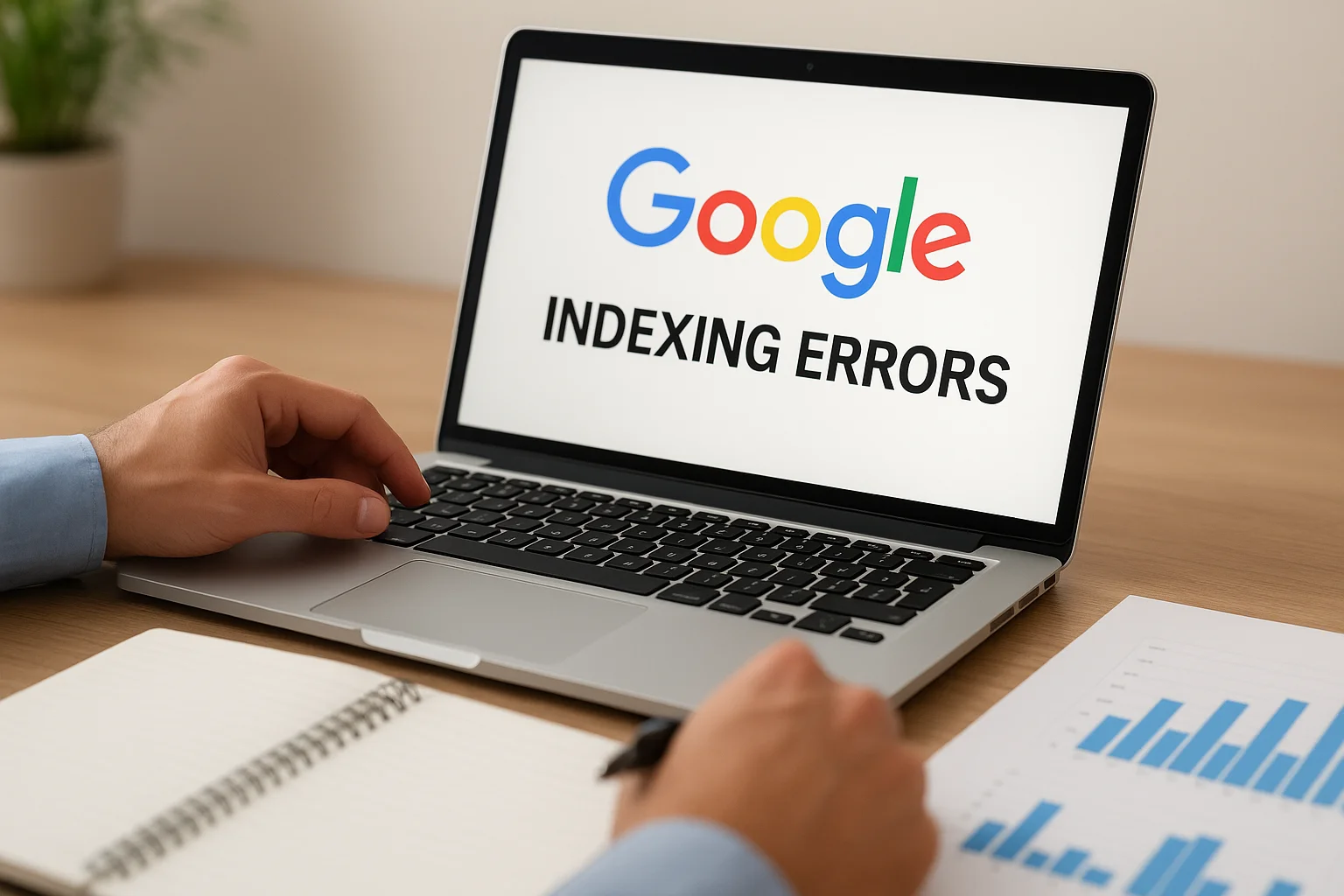
Quick Fixes for Google Indexing Errors
Struggling with Google indexing errors? This guide explores quick and practical fixes to help your pages appear in search results faster. Learn how to resolve common issues like “Crawled – Not Indexed,” blocked URLs, and duplicate content while ensuring your site remains fully optimized for long-term SEO success.
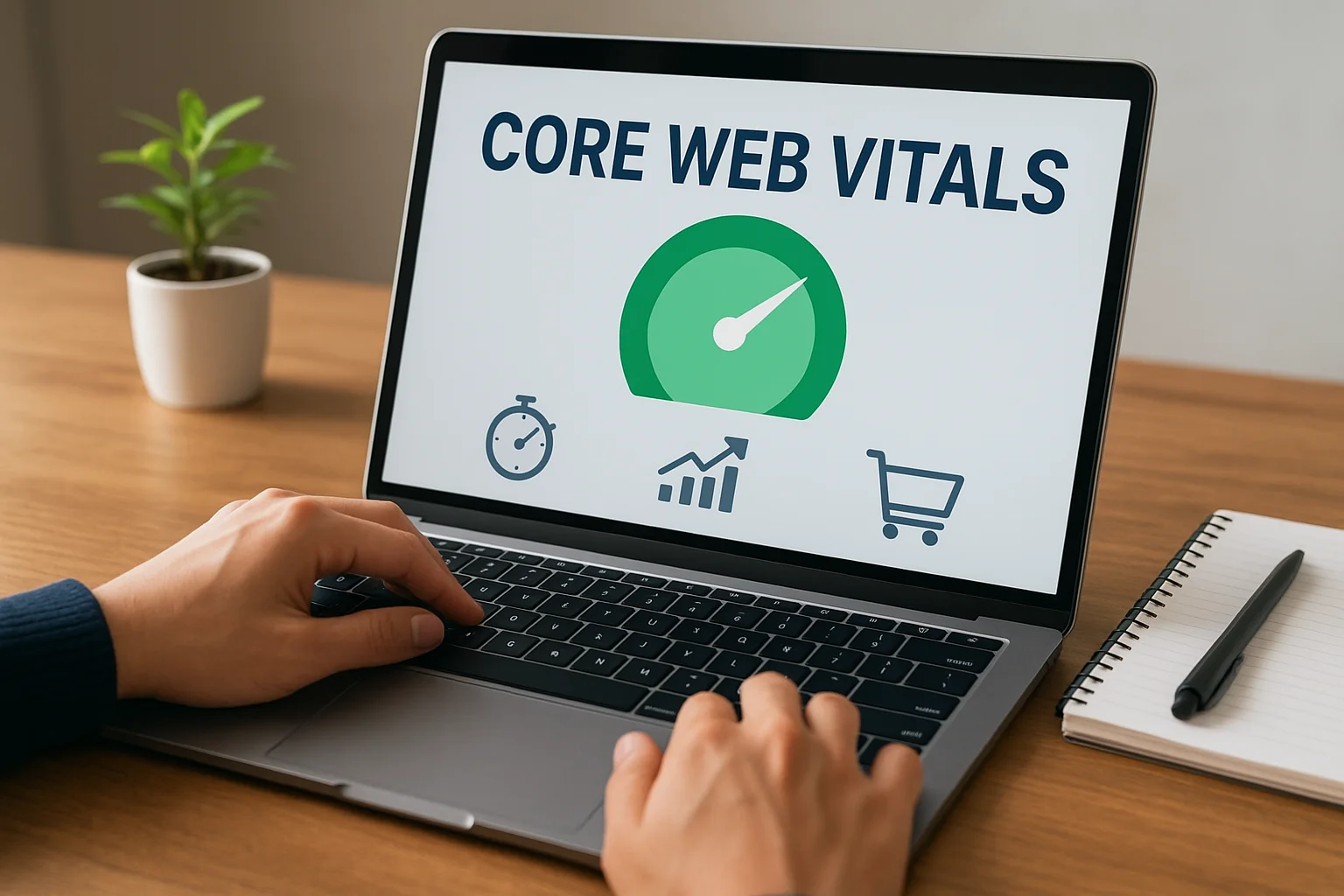
The Impact of Core Web Vitals on Rankings and Conversions
Core Web Vitals are key performance metrics that Google uses to measure user experience. They influence not only search engine rankings but also how visitors interact with your website. A fast, stable, and responsive site improves visibility, boosts engagement, and increases conversions. Understanding and optimizing these metrics is essential for businesses looking to grow online.
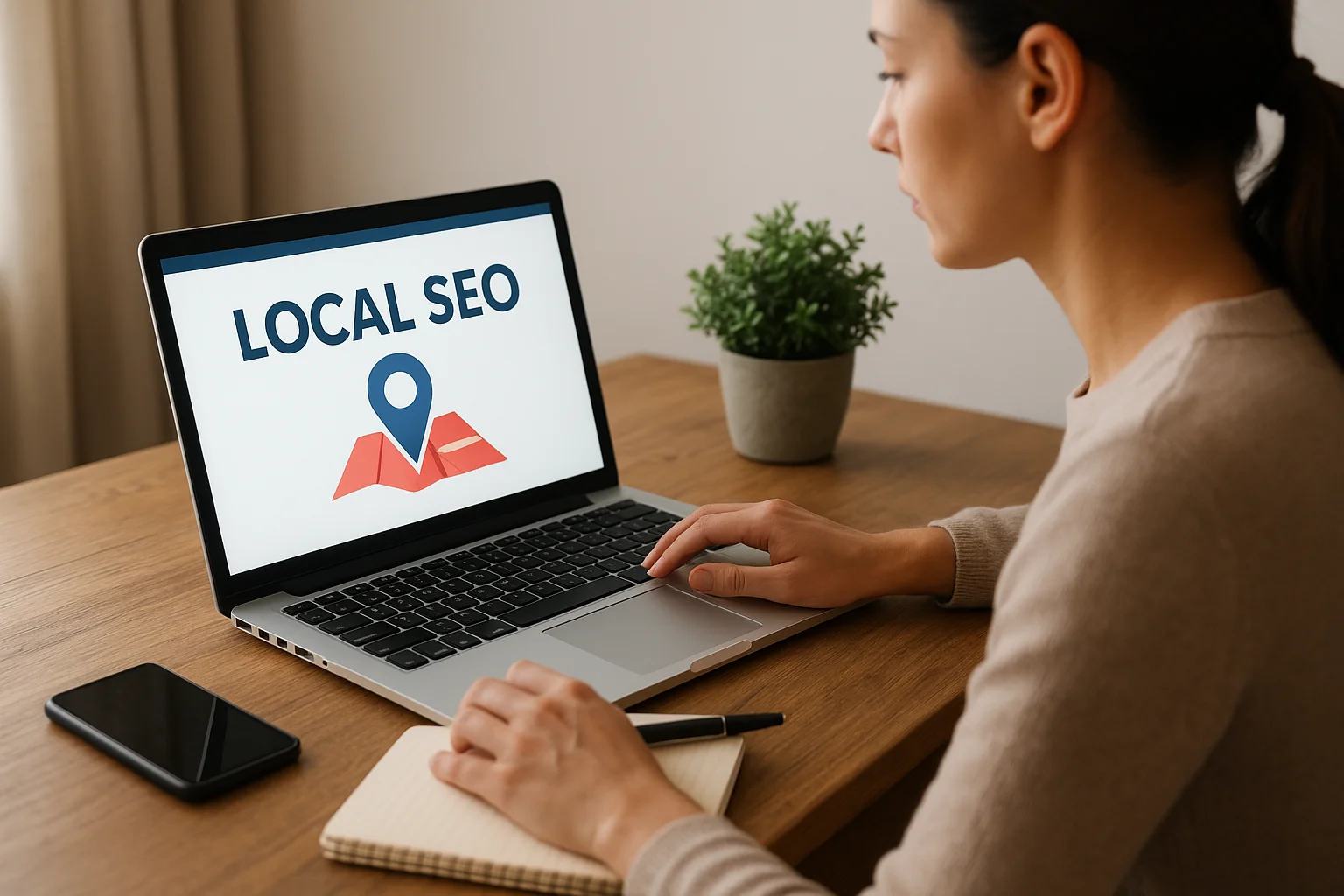
Local SEO for Small Projects: A Practical Guide
Local SEO is essential for small projects aiming to attract nearby customers. This guide covers practical strategies—from Google Business optimization and keyword research to managing reviews and local links—to help your business get noticed locally and grow effectively.
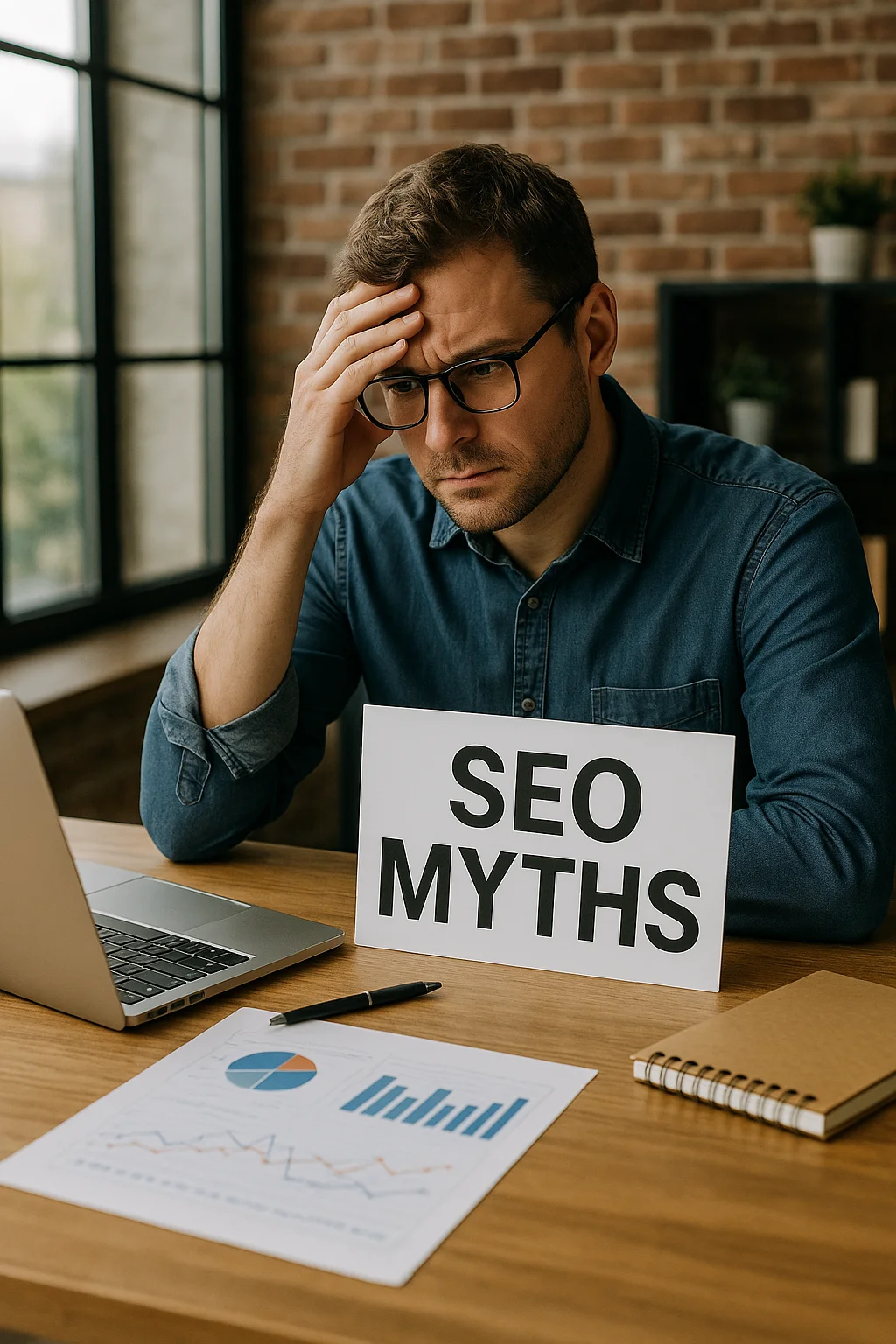
SEO Myths That Are Holding Back Your Project
Many businesses waste time on outdated SEO advice. From overvaluing keywords to chasing low-quality links, myths can stall your growth. This post debunks common SEO misconceptions and shows what strategies truly drive results.
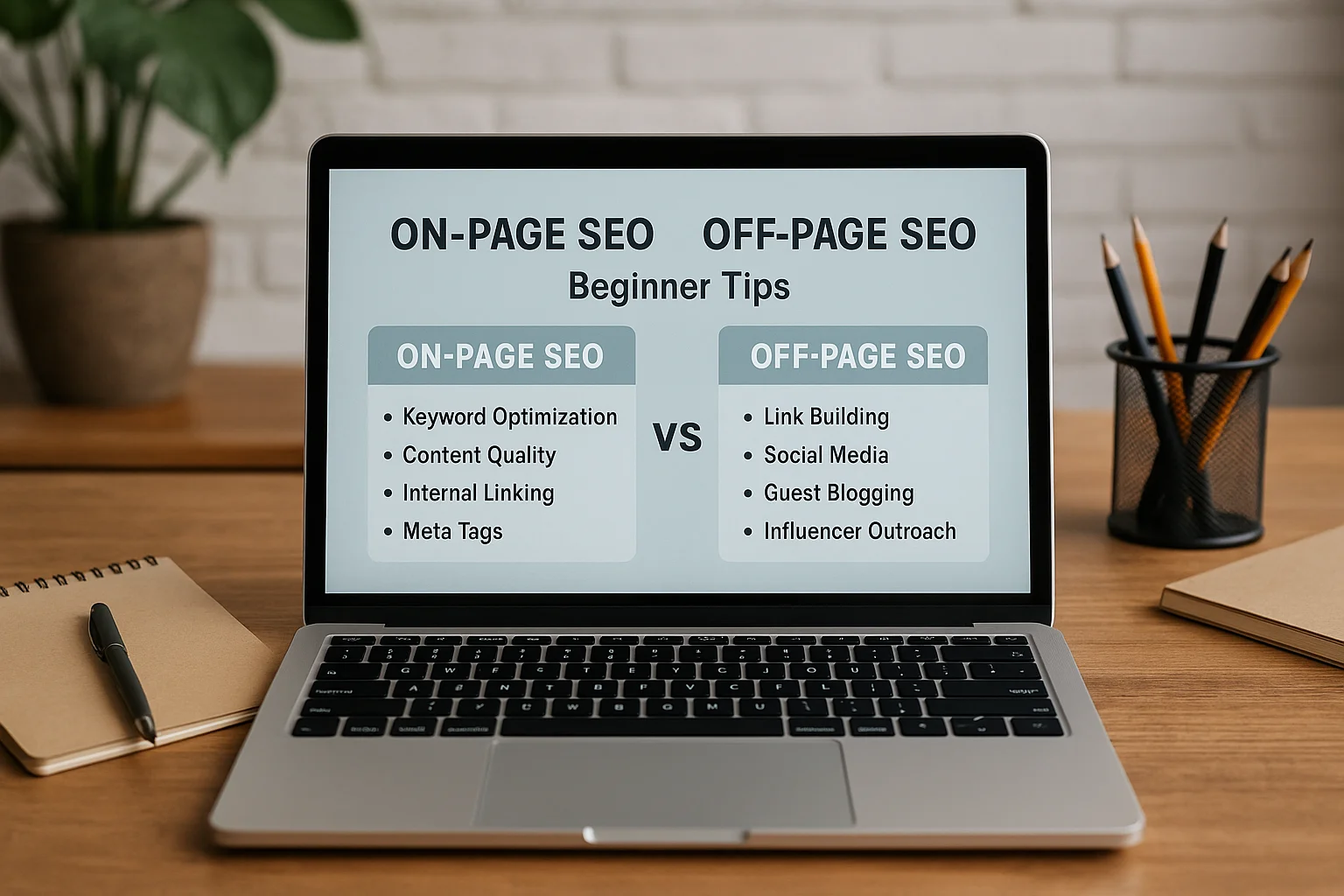
On-Page vs Off-Page SEO: A Beginner’s Guide
SEO can be confusing for beginners, but understanding the difference between On-Page and Off-Page SEO is essential. On-Page SEO focuses on optimizing your website’s content and structure, while Off-Page SEO builds authority through backlinks and online presence. This guide breaks down the basics to help you start improving your site’s search rankings today.
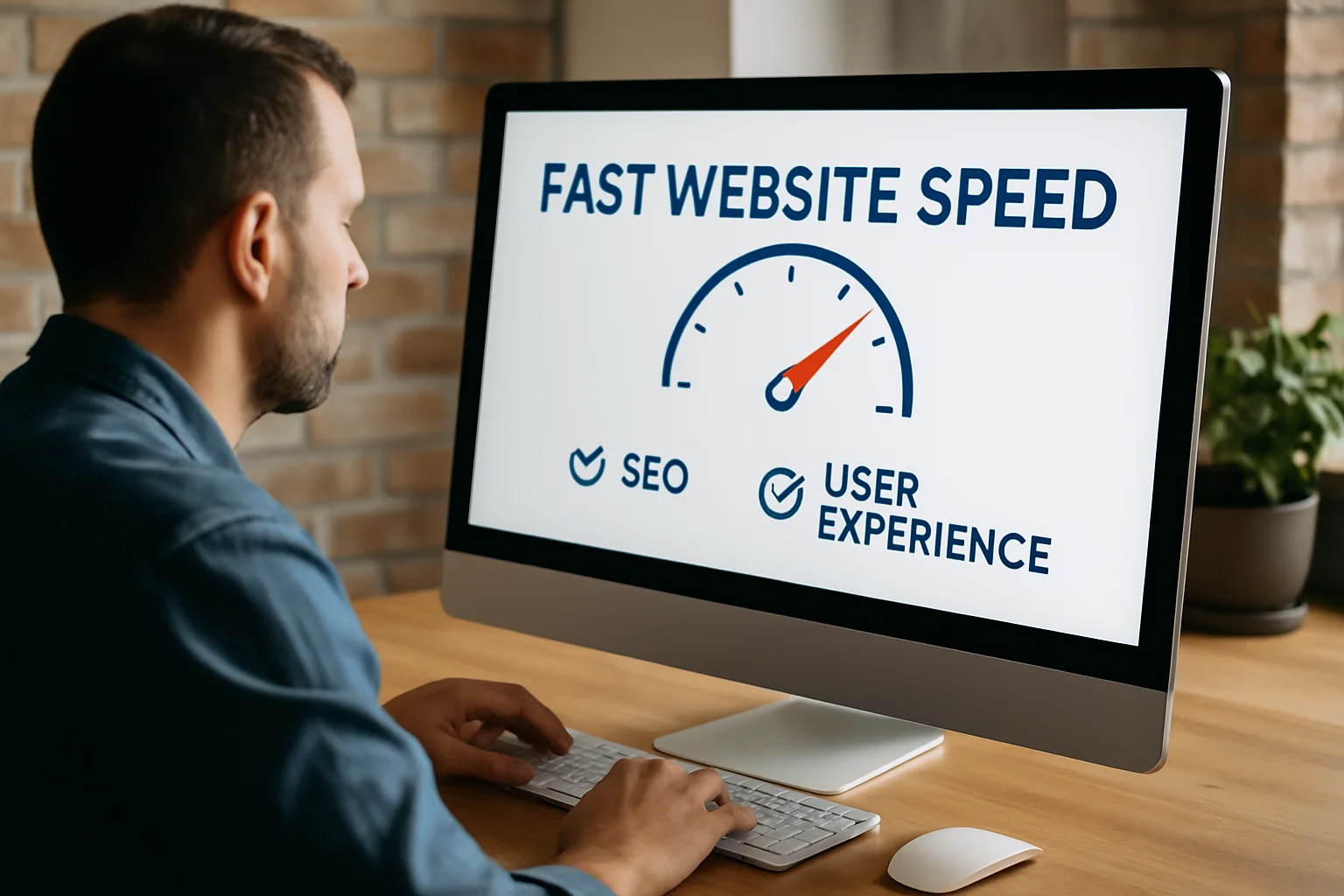
The Importance of Site Speed for SEO and User Experience
Site speed is a critical factor for both search engine rankings and user experience. Slow-loading pages frustrate visitors, increase bounce rates, and hurt conversions. This article explores why speed matters, how it affects SEO, and practical tips to make your website faster.
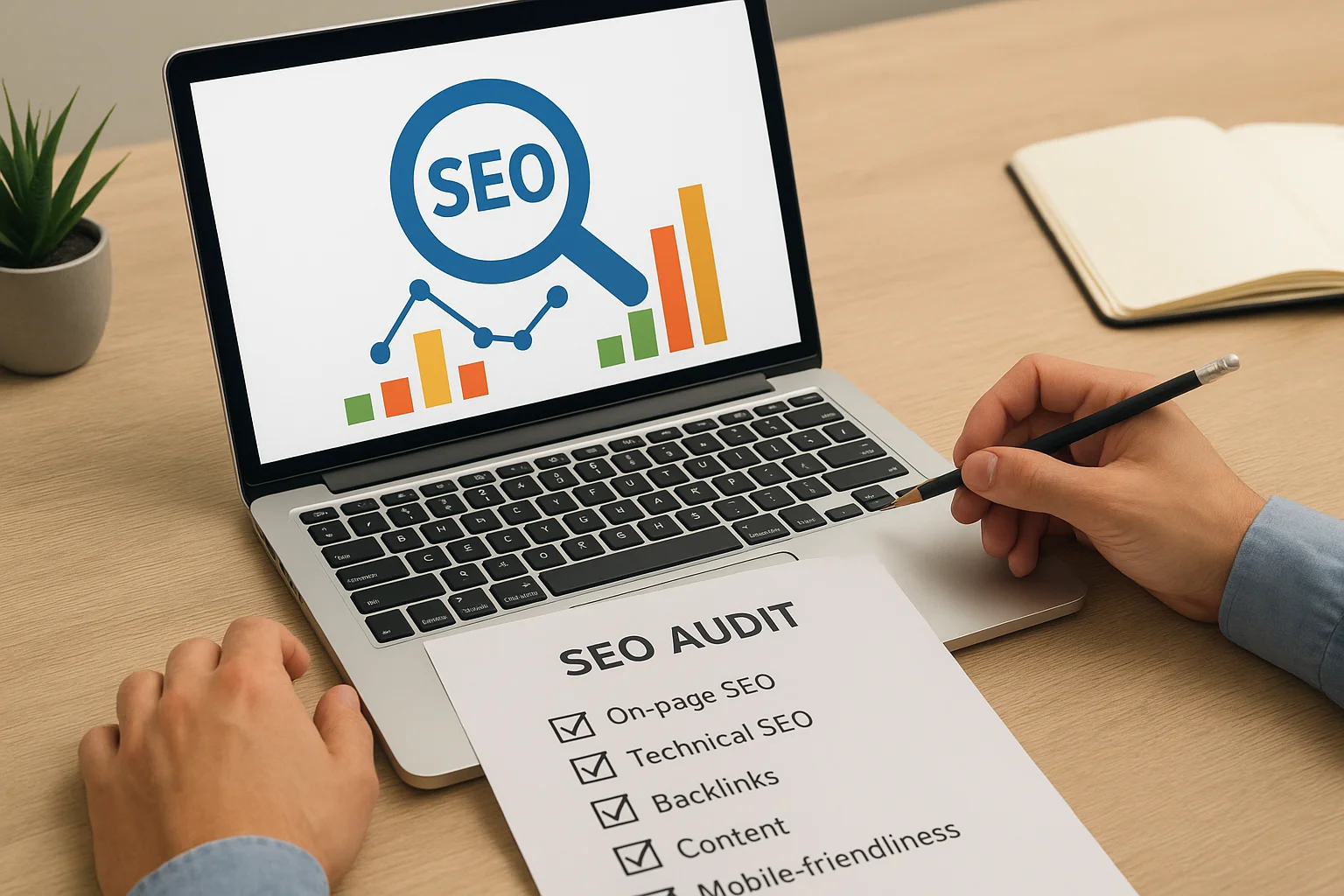
How to Perform a Simple SEO Audit for Your Website
Conducting an SEO audit doesn’t need to be complex. With a few simple steps, you can evaluate your site’s performance, uncover technical issues, optimize on-page elements, and strengthen your SEO strategy. This guide will walk you through the essential checks to ensure your website is both search engine and user-friendly.

Using Google Analytics to Track SEO Performance
Google Analytics is a powerful tool to track and improve your SEO strategy. From monitoring organic traffic to analyzing user behavior and conversions, it provides insights to optimize your website and boost search engine performance. Learn the key metrics, reports, and tips to make data-driven SEO decisions.